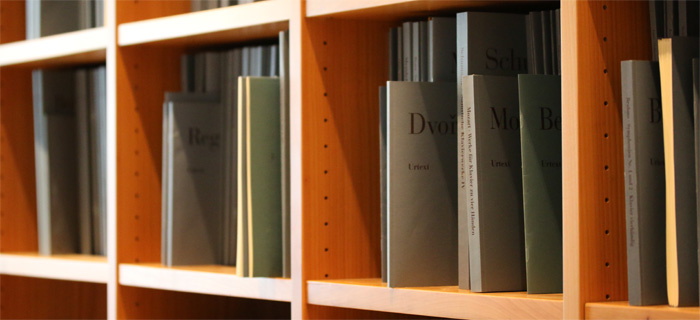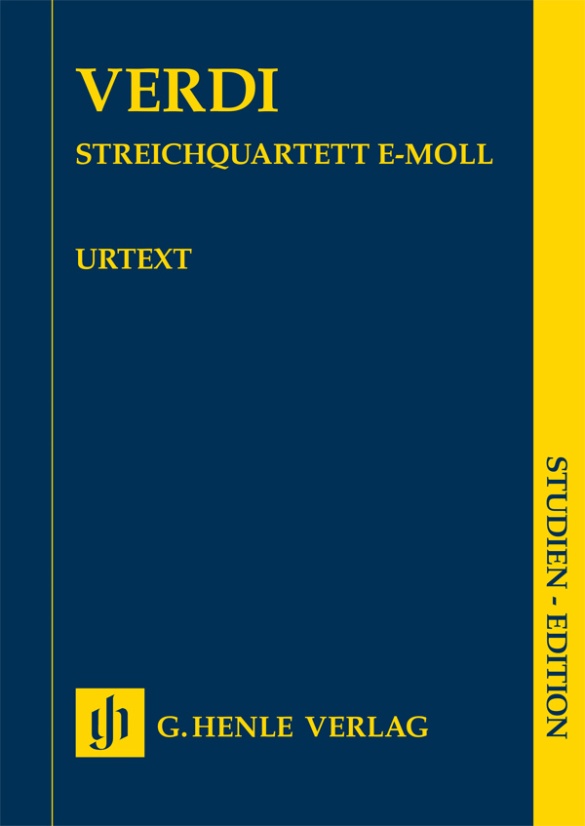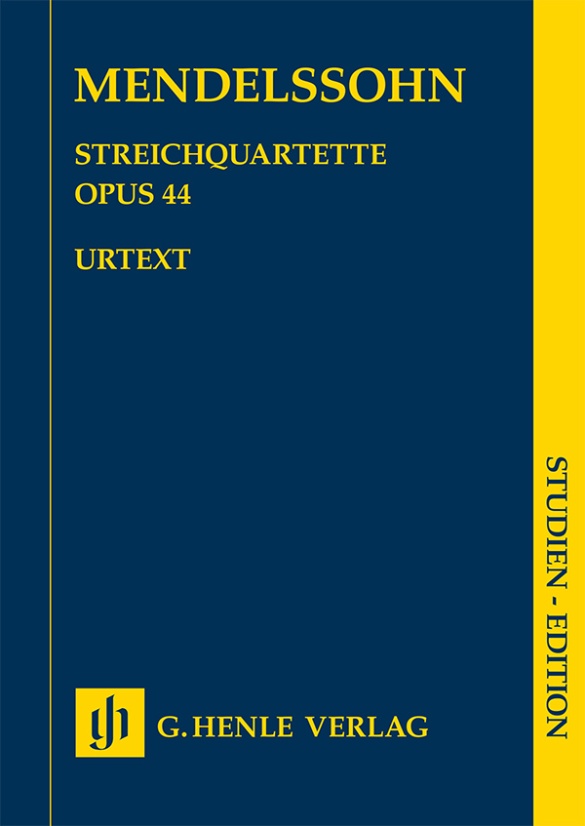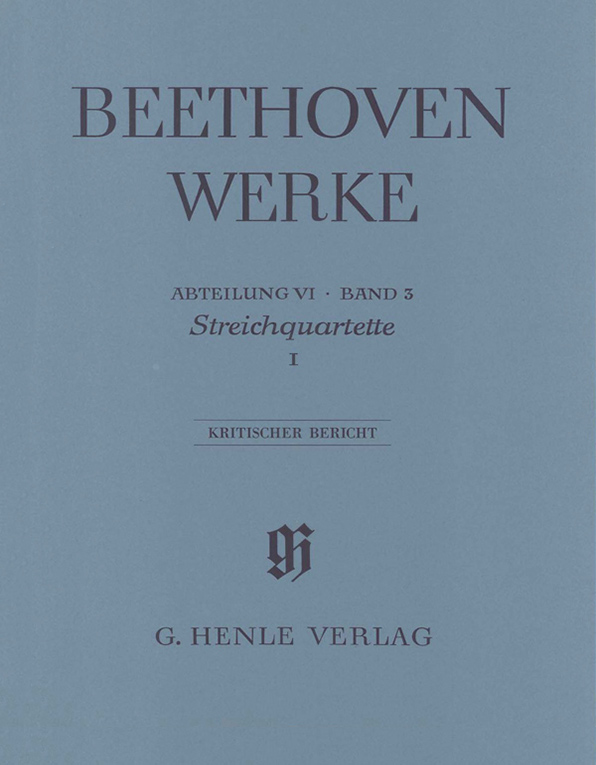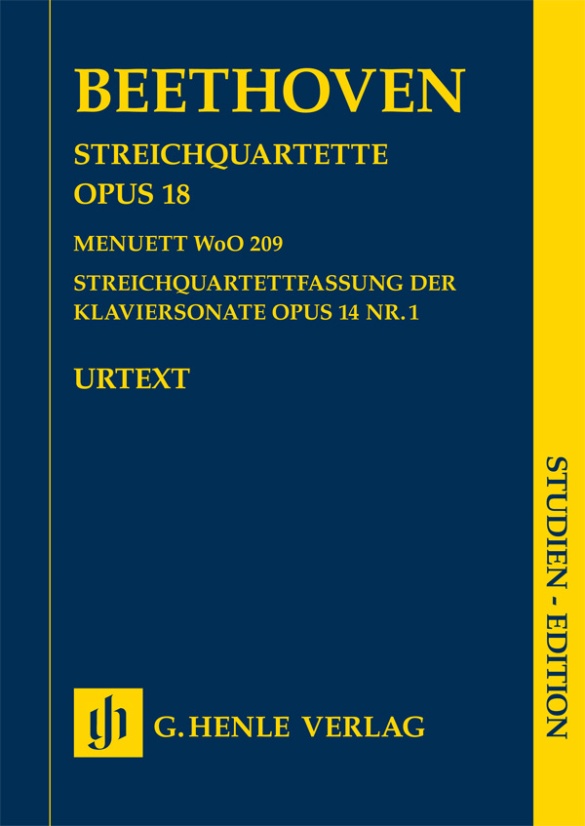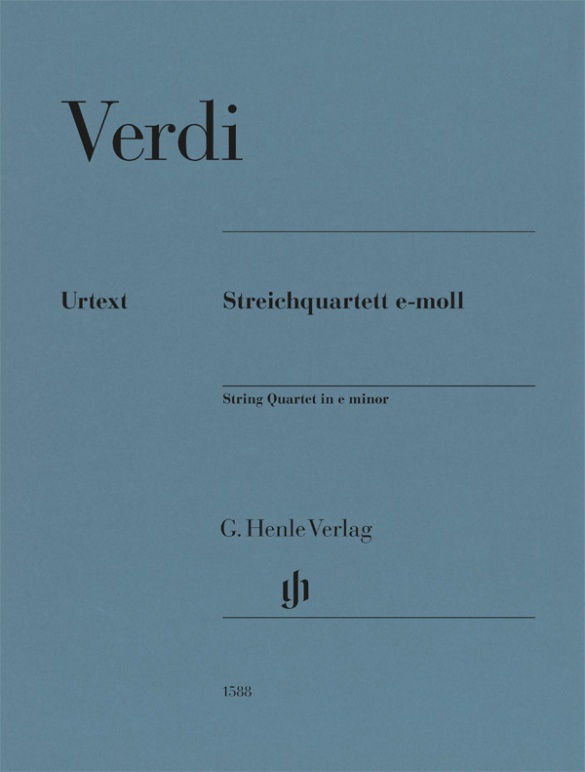

Giuseppe Verdi
String Quartet e minor
The music world associates Verdi’s name so obviously with his operatic output that his contributions to other genres can easily be overlooked. His only chamber work owes its existence to an enforced break in Naples in spring 1873, when opera rehearsals had had to be postponed. To the astonishment of those around him, Verdi used the time to write a string quartet. Despite clearly orienting himself around the quartets of Viennese Classicism, Verdi succeeds here in making an independent and ingenious contribution to the genre. With its many melodic, harmonic and contrapuntal subtleties it leaves no doubt as to its author’s elevated compositional intentions. This Henle Urtext edition is based on the Italian first edition, though important secondary sources such as the autograph score and the French first edition have also been consulted.
Read more about this edition in the Henle Blog.
Content/Details
About the Composer

Giuseppe Verdi
The most significant Italian opera composer of the 19th century, Guiseppe Verdi dominated Italy’s opera stages for 50 years without competition. He was also a national symbol, with his name even becoming a catchword for Italian unification (Viva VERDI stands for Viva Vittorio Emanuele Re d’Italia). As a result, his early operas were increasingly interpreted in a political context and associated with Italian unification efforts. He primarily worked with the librettists Solera, Piave and Cammarano, later with Boito, and in Paris also with Scribe on “Les vêpres siciliennes”.
| 1813 | Verdi is born on 9 or 10 October in Roncole near Busseto. He already has lessons with the local priest before reaching the age of four, has a position as organist at the age of nine, attends grammar school in Busseto when he is eleven, and at the age of 12 receives lessons from the Master of Music at San Bartolomeo, Ferdinando Provesi. |
| 1832 | He attempts to get a place at the Milan Conservatory but is refused on formal grounds. Instead, he receives lessons from the “Maestro concertatore” of La Scala, Vincenzo Lavigna, who also introduces him to the musical world of Milan. |
| 1836 | He returns to Busseto, where he takes up the position of “Maestro di musica” and composes works for the local philharmonic society. |
| 1839 | Verdi returns to Milan, where his first opera, “Oberto, conte di San Bonifacio” is premiered in 1840. The libretto is by Solera, with whom he continues to collaborate. Its success leads to three more opera commissions for Milan. |
| 1840 | The comic opera “Un giorno di regno” is not a success. Verdi has a personal crisis due to the death of his wife and children. |
| 1842 | He has a breakthrough with the première of “Nabucco”, which clearly sets itself apart from the works of his contemporaries; Verdi receives further commissions and from then on, works with the publishing house Ricordi. |
| 1842–53 | He composes 18 operas; he travels between Italy’s opera centres. |
| 1843 | “I lombardi alla prima crociata/Jérusalem” is premiered in Milan. Verdi stays in Vienna. |
| 1844 | “Ernani” is premiered in Venice and “I due Foscari” in Rome. The composer collaborates with the librettist Piave, now turning to personal, internalised drama in contrast to Solera’s previous tableau-like monumental works. |
| 1845 | Verdi criticises the production conditions at La Scala in Milan, which he then goes on to avoid for 20 years. |
| 1847 | “Macbeth” premieres in Florence. The composer embarks on a longer trip to London for the première of his opera “I masnadieri”, followed by a two-year trip to Paris, where “Jérusalem” premieres in 1847. |
| 1849 | “La battaglia di Legnano” premieres in Rome, a patriotic statement, alongside “Luisa Miller”, based on Schiller’s bourgeois tragedy “Kabale und Liebe”, in Naples. |
| 1851 | “Rigoletto” is premiered in Venice, the first opera of the “Trilogia popolare”, a cornerstone of the repertoire today. Verdi moves into an ancestral country residence near Busseto (Sant’ Agata) with his partner, the singer Giuseppina Strepponi. |
| 1853 | “Il Trovatore” is premiered in Rome and “La traviata” in Venice, the second and third operas of the “Trilogia popolare”. |
| 1854–55 | The composer stays in Paris for rehearsals and the première of “Les vêpres siciliennes” (1855). |
| 1857 | “Simon Boccanegra” is premiered in Venice. Verdi serves as a representative in the provincial assembly of Parma. |
| 1859 | “Un ballo in Maschera” premieres in Rome. Director’s books are created based on the French model, which are then made available to theatres for their productions. The staging becomes part of the composition. |
| 1861 | Prime Minister Camillo Benso di Cavour, a friend of the composer’s, brings him into the Italian Parliament, where Verdi serves as a member of parliament for four years. |
| 1862–63 | Verdi travels to Russia for the première of “La forza del destino” in St. Petersburg (1862). He subsequently visits Paris, London and Madrid. |
| 1866–67 | Verdi stays in Paris for rehearsals and the première of Don Carlos (1867). Late 1860s: He re-establishes contact with La Scala in Milan. |
| 1871 | “Aida” premieres in Cairo, incorporating dances and large-scale tableaux in the French style. |
| 1873 | Verdi composes his String Quartet in e minor. |
| 1874 | He composes the “Requiem” on the death of Alessandro Manzoni, exploring philosophical questions. |
| 1887 | “Otello”, with a complex, multi-layered, musical-dramatic structure, premieres in Milan. |
| 1888–89 | Verdi establishes social institutions: He endows a clinic in Villanova and founds a house for retired musicians in Milan. |
| 1893 | His only later comic opera “Falstaff” premieres in Milan. Its flexible vocal writing instead of setting verses to music sets it apart. |
| 1898 | “Quattro pezzi sacri” marks his final compositions, bringing together pieces he composed since 1895: Te Deum, Stabat Mater, Vergine Maria and Ave Maria. |
| 1901 | Verdi dies on 27 January
in Milan. |
Product Safety Informations (GPSR)
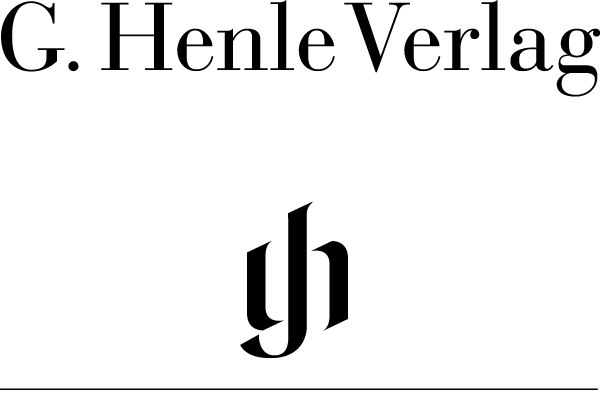
G. Henle Verlag
Here you can find the information about the manufacturer of the product.G. Henle Verlag e.K.
Forstenrieder Allee 122
81476 München
Germany
info@henle.de
www.henle.com
As always with Henle publications, the parts are the most authentic version available, easy to read and clearly laid out.
Stringendo, 2024recommendations
autogenerated_cross_selling
Further editions of this title

